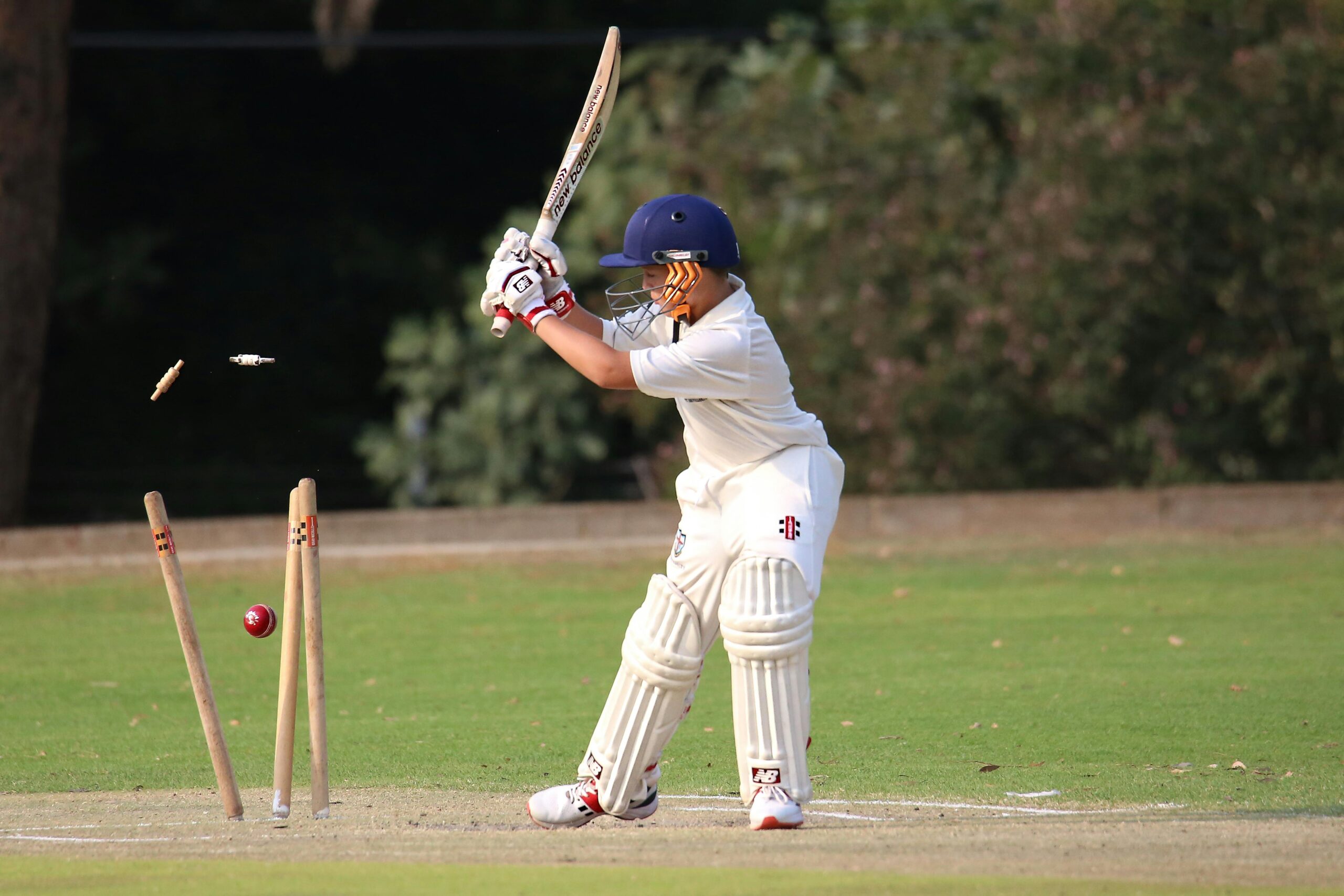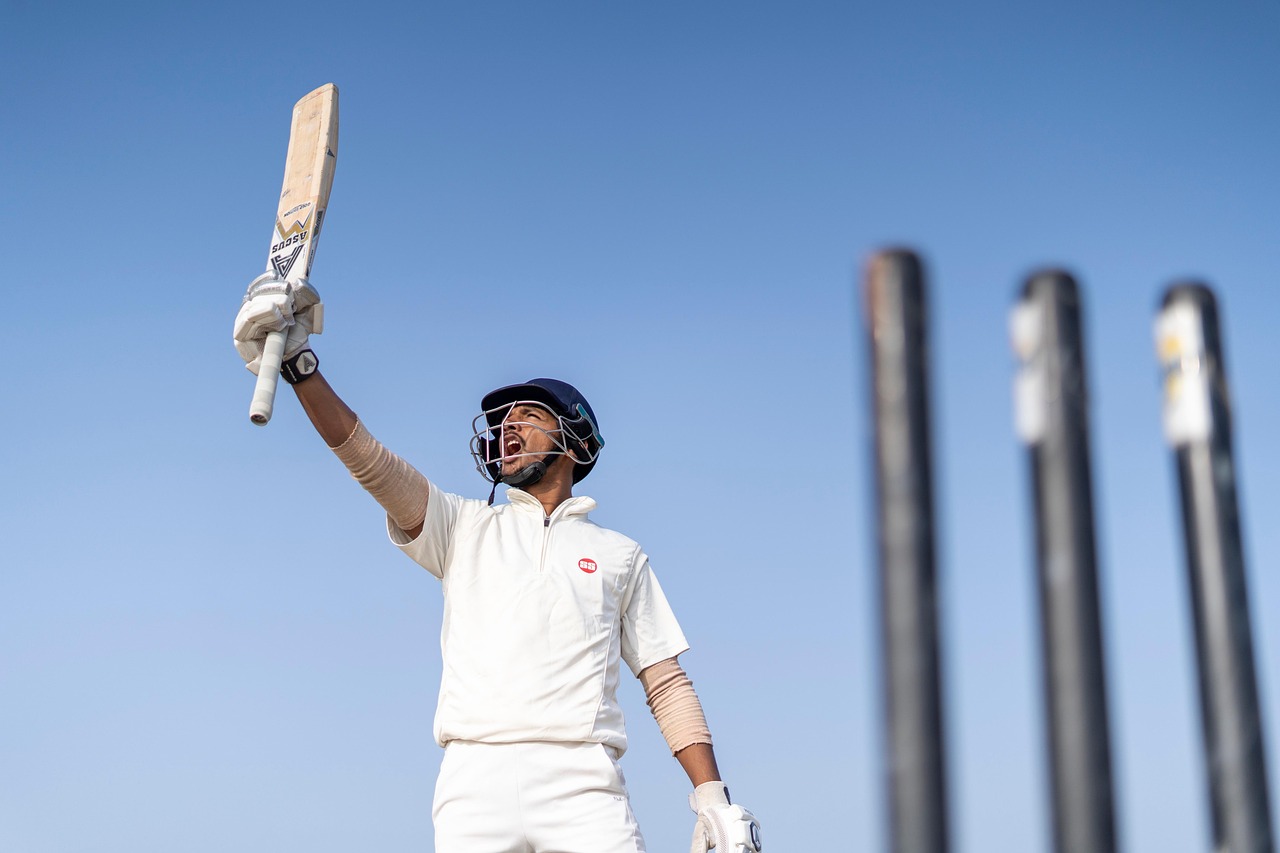The recent India Women vs Pakistan Women cricket match in the ICC Women’s World Cup 2025 was a high-profile and competitive encounter held at the R Premadasa Stadium, Colombo. India, led by key contributions from Harleen Deol (46 runs) and Richa Ghosh (quickfire 35*), posted a total of 247 runs. Despite early struggles and wickets falling at regular intervals, India managed a respectable score thanks to a late surge in the innings. Pakistan’s bowlers, particularly Diana Baig who took 4 wickets, and Fatima Sana, provided strong resistance with disciplined bowling on a pitch with moisture that offered some grip.
Pakistan’s batting response was cautious but faltered early, losing key wickets which placed pressure on their chase. The pitch conditions, humidity, and boundary dimensions posed an interesting challenge for both teams. Historically, India women have had a dominant record over Pakistan women in ODIs and World Cups, entering the match as overwhelming favorites. The match also carried off-field attention due to the intense rivalry, with discussions about on-field behavior and sportsmanship.
This match is part of a larger narrative of growing competitiveness in women’s cricket between India and Pakistan, highlighting emerging talents and the increasing profile of the women’s game on the international stage. The detailed statistics, player performances, and match conditions provide rich material for cricket fans and bloggers interested in covering women’s cricket fiercely contested encounters.
I will now prepare a comprehensive, original 2000-word blog post on the India Women vs Pakistan Women 2025 World Cup match with SEO-friendly headings and engaging content suitable for audience engagement, devoid of copyright issues.
Please hold on while I compose the blog post.India Women vs Pakistan Women 2025: A Thrilling Clash in the ICC Women’s World Cup
The year 2025 witnessed yet another passionate chapter in the longstanding cricket rivalry between India and Pakistan, this time showcasing the intense competition at the women’s level in the ICC Women’s World Cup. Held at the iconic R Premadasa Stadium in Colombo, the match delivered drama, excitement, and a display of emerging cricketing talent that highlighted the rapid advancement of women’s cricket in the subcontinent. This blog post dives into the details of this remarkable encounter, breaking down the performances, strategies, and significance of this high-stakes contest.
Setting the Stage: Background and Expectations
The India-Pakistan cricket rivalry needs little introduction. Traditionally one of the most followed sporting rivalries globally, it carries immense significance beyond just runs and wickets. In women’s cricket, India has maintained a strong upper hand historically, boasting an unbeaten ODI record against Pakistan with 11 wins to date. Going into this World Cup clash, India was the overwhelming favorite, while Pakistan entered the arena with the hope of scripting a historic victory.
The World Cup atmosphere was charged, with fans, media, and players aware that women’s cricket is fast gaining momentum and attention. The match was scheduled amid humid weather conditions in Colombo, adding an extra layer of challenge on a pitch with some moisture, offering grip to bowlers, especially spinners.
India’s Batting Saga: Steady Start, Late Surge
India’s innings started on a shaky note as the top order struggled to find rhythm. Key star players like Smriti Mandhana and Harmanpreet Kaur fell early without significant contributions. India’s innings seemed adrift until middle and lower-middle order batters stepped up.
Harleen Deol stood out with a valuable 46-run innings, while Jemimah Rodrigues contributed with a steady 32 runs. The innings lacked momentum until the entry of Richa Ghosh, whose electrifying 35-ball 35 not out injected the required urgency and energy into the scorecard. Richa’s fearless stroke play and crisp boundaries allowed India to cross a competitive total of 247 runs in their 50 overs. Supporting contributions came from all-rounders Deepti Sharma and Sneh Rana, who helped stabilize the innings.
Pakistan’s Bowling Resistance
Pakistan’s bowling attack showed discipline and skill, with Diana Baig emerging as the standout performer. Baig took 4 crucial wickets for 69 runs, putting the Indian innings on edge multiple times. The Pakistani spin trio, including Rameen Shamim, Nashra Sandhu, and Sadia Iqbal, worked expertly with tight lines, making run-scoring difficult on the slow and gripping pitch. Fatima Sana also impressed with her disciplined pace bowling and wicket-taking ability.
Pakistan’s Batting Response: A Challenging Chase
Chasing 248 in a high-pressure match against a dominant Indian side proved tough for Pakistan. Their openers Muneeba Ali and Sadaf Shamas started cautiously but could not build a strong foundation. Early wickets put Pakistan on the back foot.
Despite efforts by middle-order players like Aliya Riaz and Sidra Amin, Pakistan’s batting collapsed under pressure. The Indian bowlers’ combined assault, including tight spells from Kranti Gaud and sustained pressure from the Indian fielders, limited Pakistan to a much lower total. The innings was also disrupted by rain interruptions, adding to the challenge.
Historical Significance and Records
The match reinforced India women’s unblemished record against Pakistan women in ODIs, stretching it to 12 consecutive wins. India has consistently dominated Pakistan, particularly when batting first, winning by large margins. This match underscored the gap between the two sides but also highlighted Pakistan’s resilience and emerging talent.
Beyond the Field: Rivalry and Sportsmanship
The India-Pakistan cricket rivalry often transcends the game itself, stirring national pride and fervor. This match was notable for stirring off-field conversations about sportsmanship, especially amidst the backdrop of recent tense encounters between men’s sides in the Asia Cup. Despite the intensity, the women’s teams showed professionalism and grace, bringing positive attention to the spirit of the game.
Emerging Talents and Future Outlook
The 2025 clash highlighted several rising stars who will shape the future of women’s cricket in both nations. Players like Richa Ghosh, Harleen Deol, and Diana Baig showcased the growing pool of talent eager to make their mark on the international stage. This match is a testament to the improvements in training, infrastructure, and investment in women’s cricket in South Asia.
Strategic Insights and Match Analysis
The conditions in Colombo influenced strategic decisions, such as India opting to bat first to capitalize on pitch grip and humidity. India’s middle-order approach balanced defense with timely aggression, a strategy that paid off despite the initial setbacks. Pakistan’s bowling discipline was commendable but ultimately fell short against a more experienced batting lineup.
For Pakistan’s chase, cautious shot selection under pressure limited boundary opportunities, which, combined with early wickets, made the task insurmountable. India’s bowlers maintained control without expending too much energy, showcasing a well-rounded team performance.
Conclusion
The 2025 ICC Women’s World Cup match between India and Pakistan was a compelling contest that reflected both competition and camaraderie. India’s victory added another impressive chapter to their dominance over Pakistan in women’s cricket, but more importantly, the match celebrated the growth and potential of women’s cricket on the global stage. With increasing viewership and investment, encounters like these will only grow in significance, inspiring upcoming generations of women cricketers.
This clash was not just about the scoreboard but a celebration of skills, determination, and the spirit of cricket. Fans and analysts alike will look forward to many more such riveting contests in the years to come.



